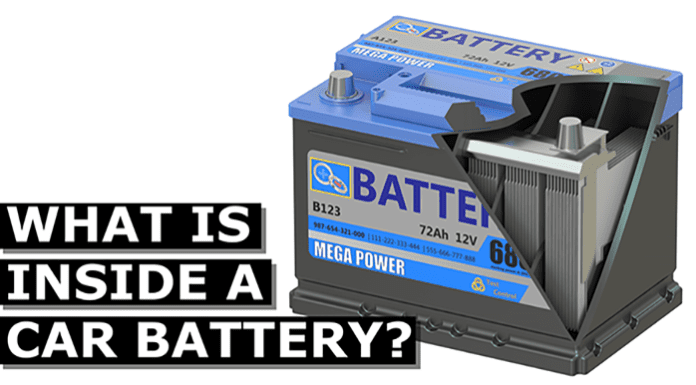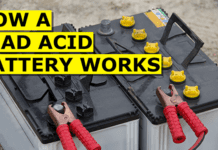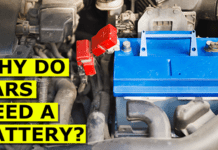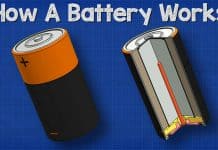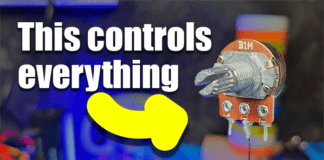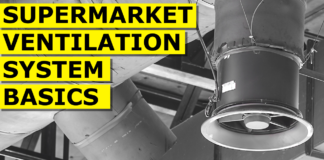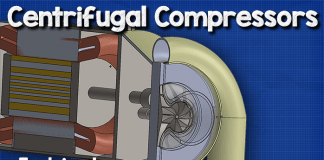In this article, we’re going to take a look inside a car battery. We’ll learn what’s inside and how it works, and we’ll also see some of the purpose’s car batteries serve.
Scroll to the bottom to watch the YouTube tutorial.
Lets have a look at the main parts of a car battery and then we’ll understand how it works. First of all, we have the plastic case which holds all the internal components in place. On the top we have the plastic lid and there are two terminals- a positive and negative. By removing the lid we can see inside. Notice the casing is divided into 6 separate chambers, each separated by a plastic wall. Each chamber is known as a cell, each cell generates around 2.1 volts of DC or Direct Current.
Each cell is connected in series, the negative of one cell is connected to the positive of the next cell to give us a total voltage of 12.6 volts. It’s the same as if you connected household alkaline batteries together, the voltages add together to provide a higher total voltage. Each cell in the battery is connected via a plate strap. This is made from lead. These straps are welded together through the plastic wall to form the connection. As we look at the battery from this view, we see that current flows through the battery cells from the positive to the negative, and that’s using conventional current theory. But what’s actually happening is the electrons are flowing in the opposite direction from the negative and to the positive but we’ll cover that and see why a little later in the article.
Notice there are two plate straps in each cell, one positive and one negative. These are called plate straps because each strap is connected to a number of plates which are sheets of lead. The plates are formed into grid type structures which maximizes the surface area. The grids are coated in a paste of lead oxide. The paste is where the chemical reaction occurs and we’ll see that a little later in the article.
The paste acts a bit like a sponge and is going to absorb some of the electrolyte liquid which improves the battery performance. The size of the plate determines how much current a battery can provide but it doesn’t change the voltage. The materials used for the chemical reaction and the number of plates determines the voltage produced by each cell, the grid holds the paste in place to ensure a uniform current distribution across the plate and helps to transport the electrons out of the battery and around the cars electrical circuit.
The negative plate is the anode and this is a plate of pure lead. Although some small amounts of additives are added to harden the lead and protect it from corrosion. The positive plate is the cathode and this is made from lead oxide. The plates are made of dissimilar materials to form the chemical reaction and release the electrons. Now we don’t want the positive and a negative plate to come into direct contact with each other, because this would short circuit the battery. So instead, we place each positive plate into an envelope separator. This is just a porous material that allows ions to flow through it without the materials coming into direct contact with each other. The positive and the negative plates will sit between each other with a small gap in between each plate. The chamber is then filled with an electrolyte liquid of sulphuric acid and water, hence the battery is called a lead acid battery.

